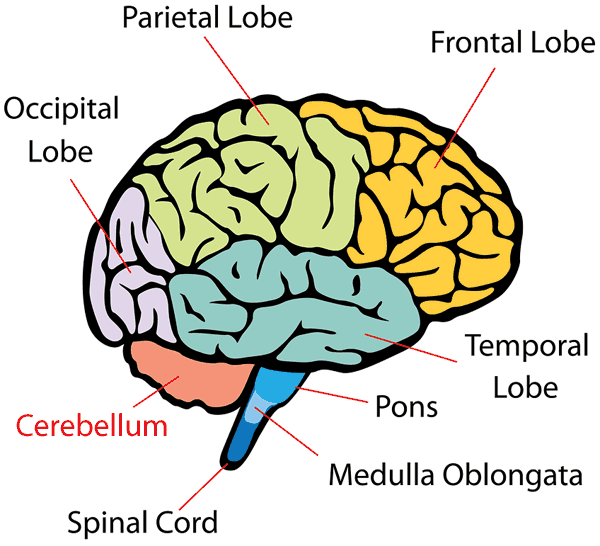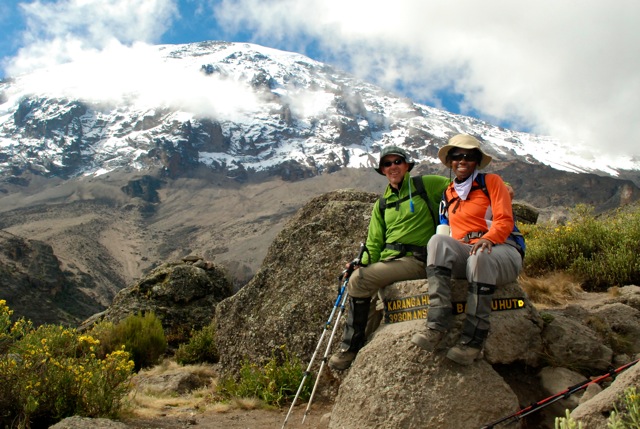Sometimes are heads are crooked not because are necks are out of alignment, but because our eyes are uneven.
We have six muscles that have to work together to make our eyes move. Occasionally, from habit or mild injuries, one of these muscles becomes a little lazy. This results in one eye either drifting up or down slightly. The difference is very small and will not cause anything severe to happen to your vision, but our brain gets a little upset. Our brain likes the visual horizon to be level, and if one eye is slightly higher or lower than other, the brain will gently tilt the head until the horizon becomes straight again. Unfortunately, this can aggravate our necks. Therapy can help treat the neck complaint, but correcting the weak eye muscle will remove the trigger that makes our necks to tilt in the first place.
Look at old photographs or ask people close to you to see if you habitually tilt your head to one side more than the other. If you do tilt your head consistently one way more than the other, you could have a weakness in one of your eye muscles.
If you are curious, please drop by and we can measure your eyes to see if they are level.
We have six muscles that have to work together to make our eyes move. Occasionally, from habit or mild injuries, one of these muscles becomes a little lazy. This results in one eye either drifting up or down slightly. The difference is very small and will not cause anything severe to happen to your vision, but our brain gets a little upset. Our brain likes the visual horizon to be level, and if one eye is slightly higher or lower than other, the brain will gently tilt the head until the horizon becomes straight again. Unfortunately, this can aggravate our necks. Therapy can help treat the neck complaint, but correcting the weak eye muscle will remove the trigger that makes our necks to tilt in the first place.
Look at old photographs or ask people close to you to see if you habitually tilt your head to one side more than the other. If you do tilt your head consistently one way more than the other, you could have a weakness in one of your eye muscles.
If you are curious, please drop by and we can measure your eyes to see if they are level.




 RSS Feed
RSS Feed
